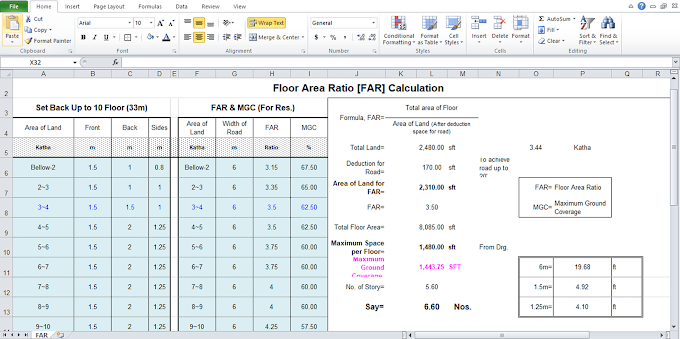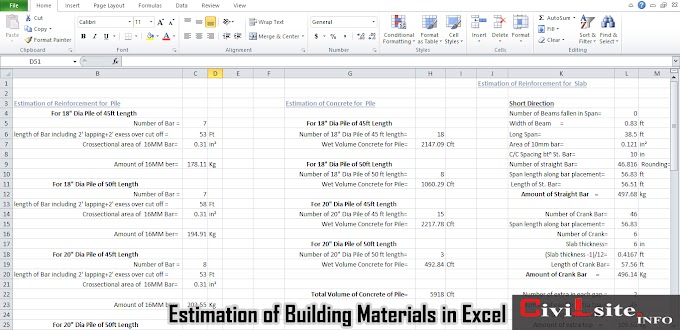In the age of climate change and environmental awareness, green architecture has emerged as a key player in the quest for sustainable living. The integration of eco-friendly materials, renewable energy sources, and energy-efficient systems in building designs is no longer a trend but a necessity. However, the challenge often lies in balancing sustainability with cost-effectiveness. This is where value engineering (VE) comes into play, serving as a strategic approach to optimize green architecture without compromising energy efficiency or inflating budgets.
The Essence of Value Engineering in Green Architecture
Value engineering is a systematic method to improve the "value" of a project by evaluating its functions and minimizing costs while maintaining or enhancing quality and performance. In the context of green architecture, VE focuses on maximizing the efficiency of resources used in the construction and operation of buildings. It seeks to achieve the most cost-effective way of meeting the building’s energy efficiency goals, ensuring that sustainability does not come at an unreasonable financial burden.
Identifying Key Areas for Optimization
In green architecture, several areas can benefit from value engineering. These include the choice of materials, the design of heating, ventilation, and air conditioning (HVAC) systems, the integration of renewable energy sources, and water conservation measures. By applying VE principles, architects and engineers can identify more sustainable and cost-effective alternatives to traditional methods.
- Material Selection: Sustainable materials, such as recycled steel, bamboo, and low-emission concrete, are often more expensive than conventional options. VE helps in selecting materials that offer the best balance between sustainability and cost. For instance, using locally sourced materials can reduce transportation costs and environmental impact, thereby lowering the overall project cost.
- HVAC Systems: Heating and cooling systems are significant energy consumers in any building. VE can optimize these systems by incorporating advanced technologies like geothermal heating, smart thermostats, and energy recovery ventilators. These solutions not only reduce energy consumption but also lower operational costs over the building’s lifecycle.
- Renewable Energy Integration: While integrating renewable energy sources like solar panels or wind turbines can be costly, VE can assess the return on investment by analyzing energy savings over time. This allows for the selection of the most cost-effective renewable energy solutions that align with the building’s energy needs and budget.
- Water Conservation: Water-efficient fixtures, rainwater harvesting systems, and greywater recycling are essential components of green architecture. VE helps in evaluating these systems for their cost-effectiveness, ensuring that water conservation measures are both sustainable and affordable.
The Role of Technology in Value Engineering
Advancements in technology play a crucial role in the effectiveness of value engineering in green architecture. Building Information Modeling (BIM) and energy simulation software are powerful tools that enable architects and engineers to visualize the impact of different design choices on energy efficiency and cost. These technologies facilitate informed decision-making, allowing for the optimization of design elements before construction begins.
BIM, for instance, allows for the creation of detailed 3D models of a building, enabling a thorough analysis of energy flows and material usage. This helps in identifying potential areas for cost savings without compromising the building’s green credentials. Similarly, energy simulation software can predict the energy performance of various design options, providing valuable insights into the most efficient and cost-effective solutions.
The Benefits of Value Engineering in Green Architecture
The application of value engineering in green architecture offers numerous benefits, both environmentally and economically. By optimizing building designs for energy efficiency, VE reduces the overall carbon footprint of the construction process and the building’s operation. It ensures that sustainable practices are implemented in a way that is financially viable, making green architecture accessible to a broader range of projects.
Moreover, buildings designed with VE principles often enjoy lower operating costs due to reduced energy consumption and maintenance needs. This not only benefits the environment but also enhances the economic value of the property, making it an attractive option for developers and investors alike.
Conclusion
By Sara Mohammad
Mechanical Engineer













0 Comments